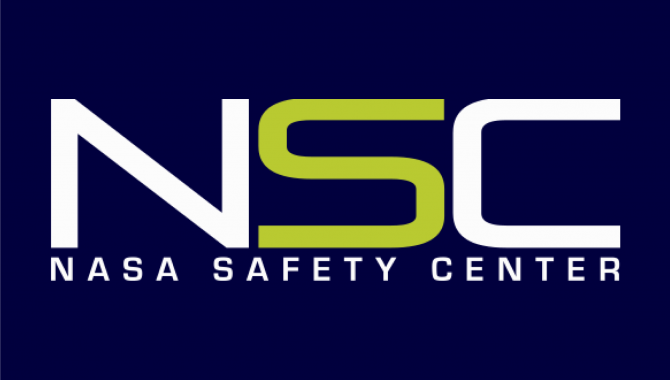
NASA Safety Center Director Harmony Myers discusses resources to help achieve technical excellence in safety and mission assurance.

NASA Safety Center Director Harmony Myers discusses resources to help achieve technical excellence in safety and mission assurance.
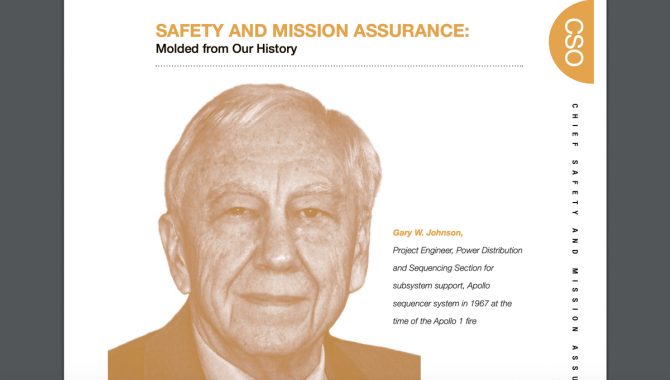
In 2015, the Chief Safety and Mission Assurance Officers came together for their annual summit. The focus of this summit was an overview of the Apollo 1 disaster and lessons learned. Gary Johnson, North American Manufacturing, led the discussion.
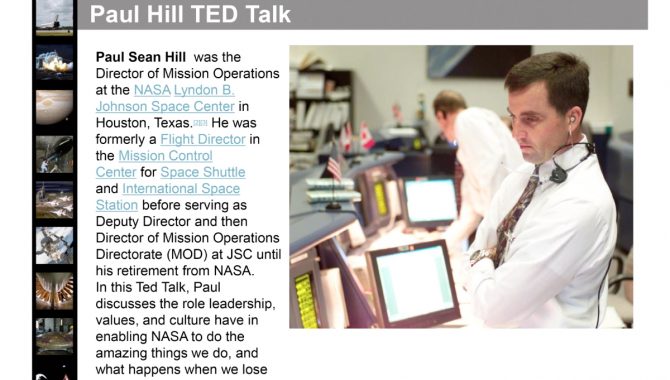
This is an inspirational TED Talk by former NASA Director of Mission Operations Paul Hill where he reminds us as managers and leaders to be “deliberate.”
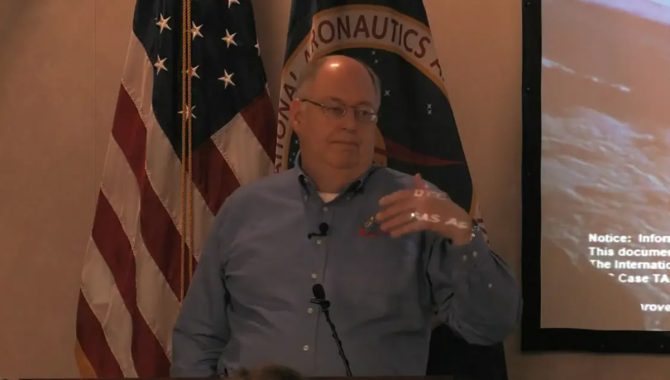
NASA’s Marshall Space Flight Center’s Shared Experience Forum Series brought Wayne Hale, Jr., former Space Shuttle Program manager for a special event for Safety and Mission Assurance personnel and the greater NASA community. He discussed the accidents that shaped NASA’s history — Columbia, Challenger, Apollo 13 and Apollo 1 — as well as the mistakes that led to those accidents and how you can avoid making the same mistakes in your career.
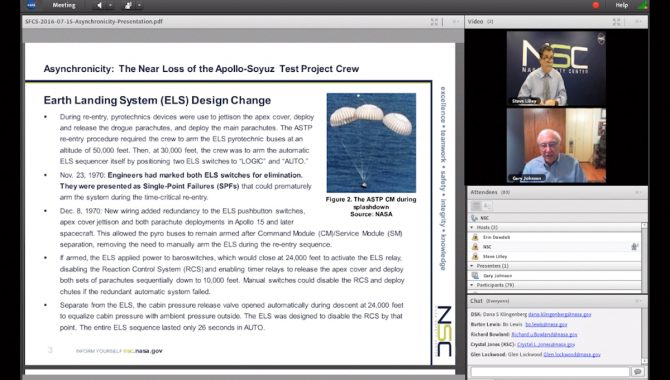
Asynchronicity: The Near Loss of the Apollo-Soyuz Test Project Crew, features Gary Johnson, former associate director for the Technical Safety and Mission Assurance Directorate (retired). At the height of the Cold War, television viewers around the globe tuned in to witness the Soyuz 11 and the Soyuz crew , twenty three days after docking with the Salyut space station, undock their spacecraft and land in Russia. What was a picture perfect landing turned to be a horrifying discovery when the hatch opened to find the three cosmonauts lifeless.

On June 6, 1971, three cosmonauts rose to orbit aboard Soyuz-11 to dock with Salyut, the world’s first space station. Acclaim awaited the crew as they began re-entry on June 30. Teams deployed to the descent site in Kazakhstan, arriving in time to observe an apparent flawless landing. Upon opening the Soyuz’ hatch, rescuers found all three crewmembers still in their seats, lifeless. The national outpouring of grief reportedly matched U.S. sorrow following President Kennedy’s assassination in 1963.
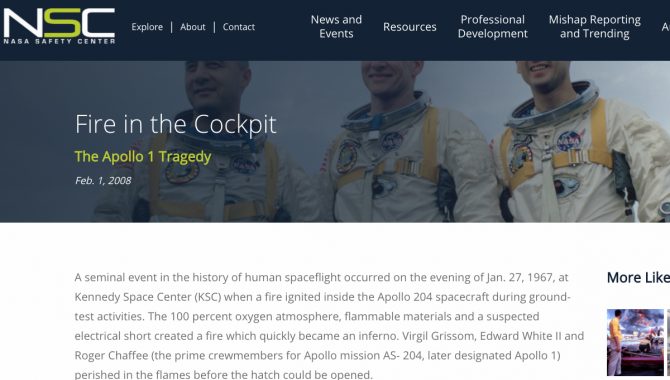
A seminal event in the history of human spaceflight occurred on the evening of Jan. 27, 1967, at Kennedy Space Center (KSC) when a fire ignited inside the Apollo 204 spacecraft during ground-test activities. The 100 percent oxygen atmosphere, flammable materials and a suspected electrical short created a fire that quickly became an inferno. Virgil Grissom, Edward White II and Roger Chaffee (the prime crewmembers for Apollo mission AS- 204, later designated Apollo 1) perished in the flames.
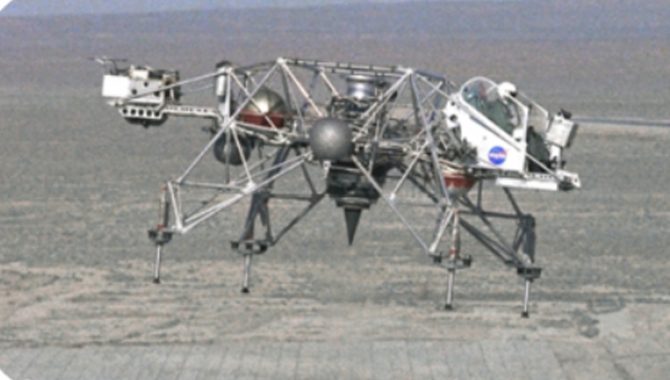
The four-legged Apollo Lunar Modules (LMs) utilized a complex rocket Apollo astronauts realized they needed new piloting skills that were needed to fly and land the Apollo LM in the lunar environment.
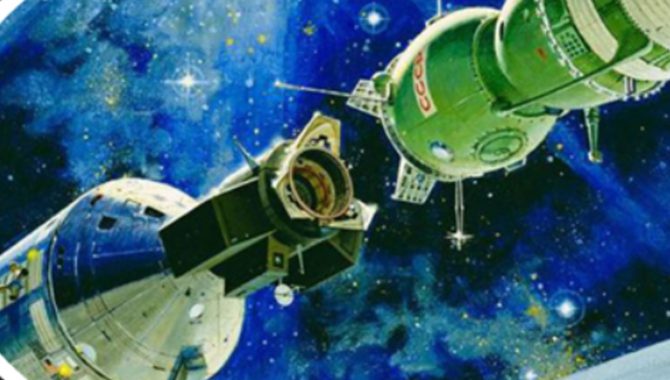
In an extraordinary display of international cooperation during the height of the Cold War between the United States and former Soviet Union, television viewers around the globe tuned in July 17, 1975 to witness Apollo-Soyuz Test Project (ASTP) astronauts and cosmonauts shaking hands between their docked, orbiting spacecraft. The Soyuz crew undocked their spacecraft and landed in Russia on July 21. The Apollo crew continued on-board experiments until their July 24 re-entry. During descent, the crew did not activate the Apollo’s Earth Landing System (ELS) at the correct altitude. As a result, toxic propellant fumes entered the Command Module (CM) through open cabin pressurization valves before splashdown, threatening the lives of America’s first orbital ambassadors.